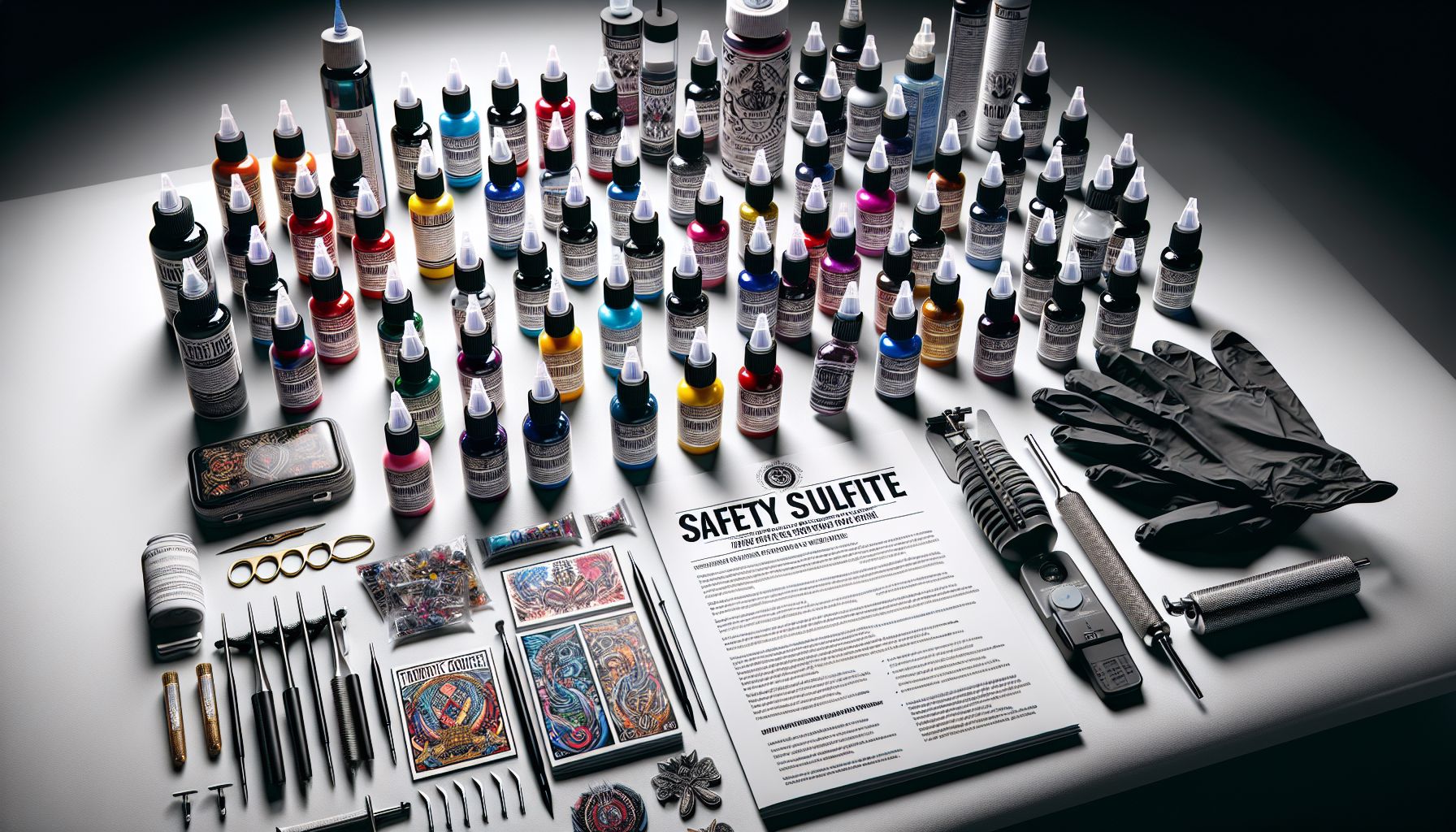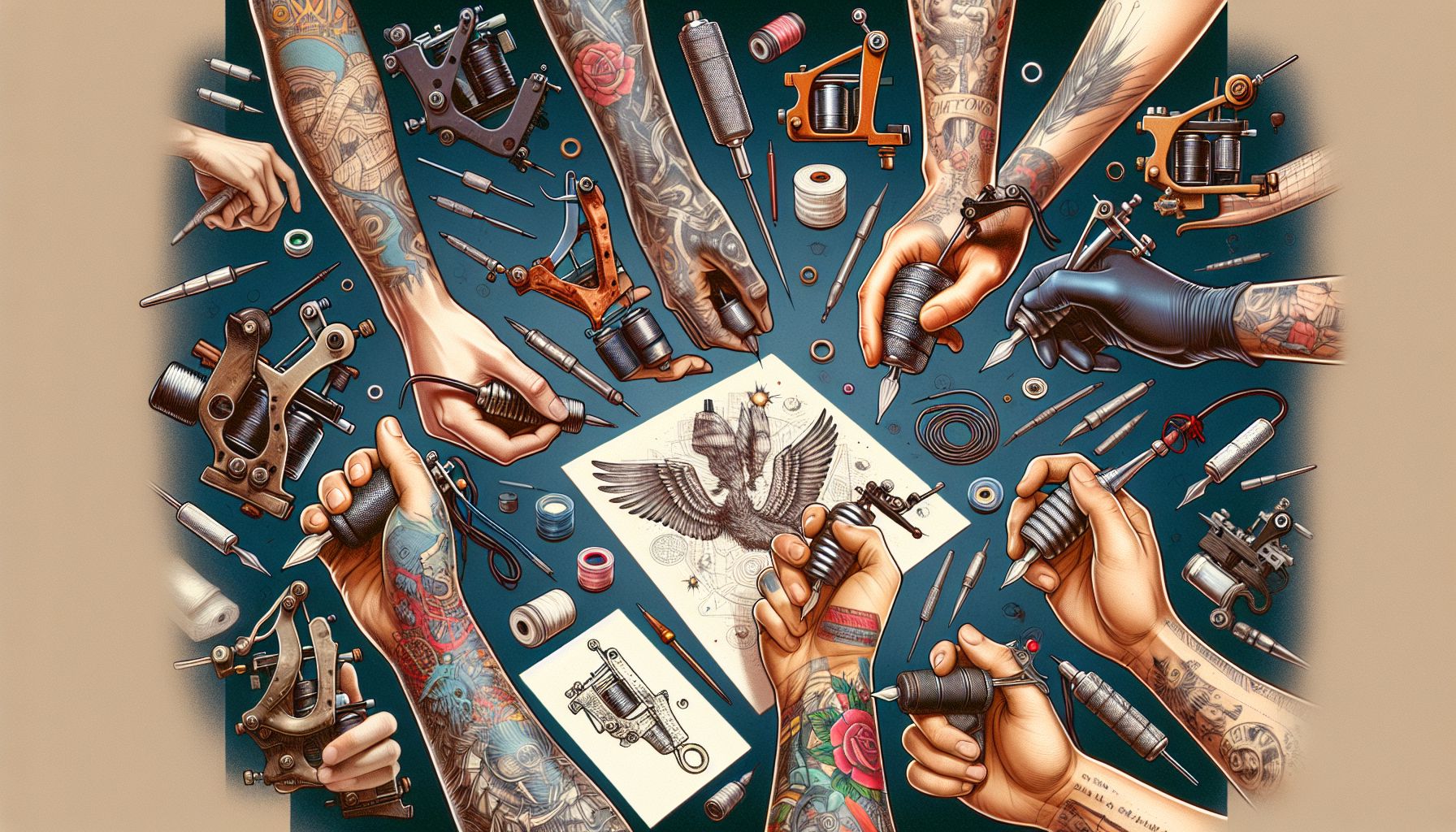Understanding tattoo supplies and their evolution is crucial for tattoo artists. One such essential that has undergone significant transformation over the years is tattoo ink. As a seasoned veteran of the industry and now an online seller, I’ve had the privilege to witness this transformation firsthand. Today, I’m going to pull back the curtain and dive deep into the rabbit hole. Let’s talk tattoo inks, their evolution, and how they’ve shaped the industry.
In the primitive years of tattooing, symbolism ruled the intentions behind each piece of art. Back then, tattoo ink was anything but complex. Artists made do with what was available — natural dyes, plants, metals, and even soot served as vital components of early tattoo inks. However, these primitive inks lacked the brilliance and longevity that today’s inks boast. They would fade quickly, often to a smudgy green or blue over time.
Fast forward to the 20th century. The tattoo industry saw a pivotal turn with the introduction of pre-made inks. Suddenly, the array of colors available for artists to play with expanded exponentially. These manufactured inks were not only far more vibrant but also safer and consistent, providing artists the freedom of creation they never had before.
However, not all changes were positive. The introduction of non-organic pigments, particularly certain types of metallic compounds, raised concerns due to their potential toxicity and allergenic properties. Thankfully, the tattoo industry took a commendable turn in the later part of the century, moving towards a more health-conscious realization.
Introducing: vegan and organic tattoo inks. Prioritizing safety without compromising vibrant colors, these inks provided the perfect combination for artists and clients alike. As part of a generation that champions mindful consumption, the demand for such inks skyrocketed in the tattoo industry. I vividly remember the rush of orders for vegan color sets when I first decided to stock them.
Fast forward to today. Tattoo inks have incorporated more thoughtful considerations into their ingredients. Detailed examination of pigments, binding agents, and carrier solutions has led to the production of safer, brighter, and more resilient inks than ever before.
Modern inks also offer an array of specialty options. You have ultraviolet (UV) inks that glow under black light, temporary inks that fade after a period, and even white inks that provide a subtle, scar-like impression. As an artist, the choice of ink can significantly impact the end outcome of a tattoo and, therefore, the satisfaction of your clientele.
A personal favorite of mine is the “Intenze Tattoo Ink.” Available in a variety of brilliant colors, this ink offers superior saturation, resilience, and safety. Plus, its vegan-friendly formulation adds that extra layer of accommodation for your clients, which can translate to a broader customer base and increased revenue for your studio.
On the flip side, it’s crucial to remember that quality varies between brands. Be wary of cheap, no-name brands that could pose health risks to your clients. Do your due diligence by researching reputable companies and always invest in top-tier tattoo supplies. After all, your bread and butter are essentially skin, and compromises in this could mean loss of clients and a significant hit on your reputation as an artist.
As we delve into the future of tattooing, one constant remains: the importance of understanding and choosing the right supplies for your craft. The evolution of tattoo inks stands as proof of the industry’s commitment to bettering the artistry, client safety, and overall tattoo experience. As artists and consumers, we are all part of this evolution — with each informed decision we make, we contribute to the increasingly vibrant and color-filled future of the tattoo industry.
In conclusion, understanding tattoo ink’s evolution provides valuable insights into the industry. As a tattoo artist, it helps you make informed decisions for your clientele and reflects on your work. And as a seller, it’s more than just stocking up on popular items. It’s about connecting with the history and future of the art, understanding the needs of your customers, and driving the industry forward—one bottle of ink at a time.



